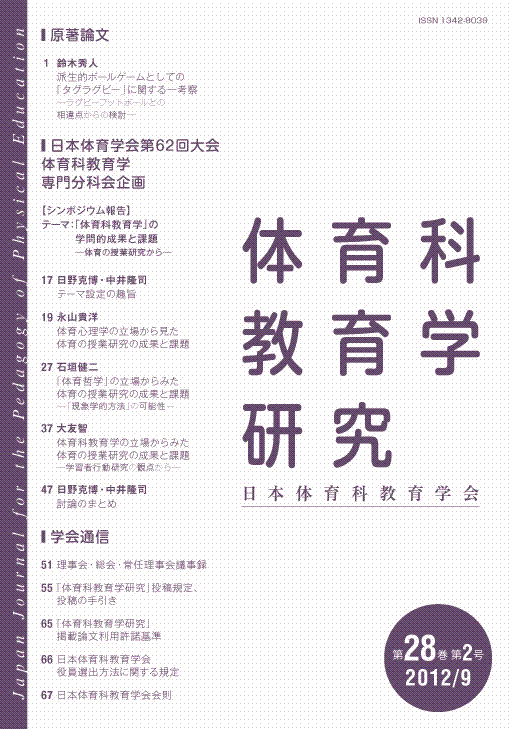Volume 39, Issue 2
Displaying 1-5 of 5 articles from this issue
- |<
- <
- 1
- >
- >|
Original
-
2023Volume 39Issue 2 Pages 1-18
Published: 2023
Released on J-STAGE: March 13, 2024
Download PDF (523K)
Practical investigations
-
2023Volume 39Issue 2 Pages 19-36
Published: 2023
Released on J-STAGE: March 13, 2024
Download PDF (734K)
Materials
-
2023Volume 39Issue 2 Pages 37-48
Published: 2023
Released on J-STAGE: March 13, 2024
Download PDF (432K) -
2023Volume 39Issue 2 Pages 49-60
Published: 2023
Released on J-STAGE: March 13, 2024
Download PDF (408K) -
2023Volume 39Issue 2 Pages 61-83
Published: 2023
Released on J-STAGE: March 13, 2024
Download PDF (1661K)
- |<
- <
- 1
- >
- >|
